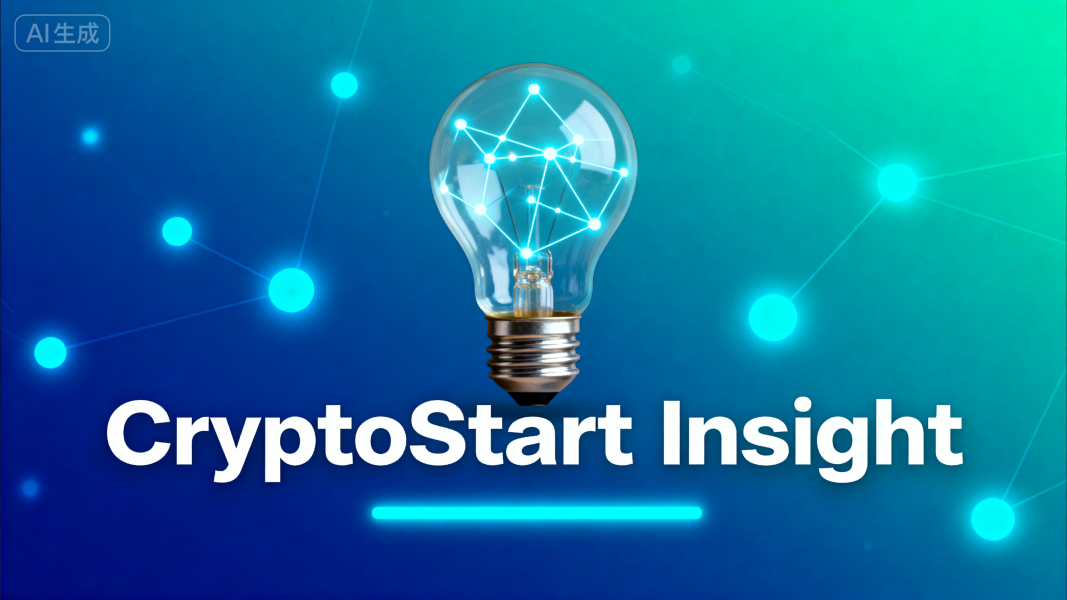In the vast landscape of digital assets, the term “altcoin” has become a cornerstone concept, referring collectively to all cryptocurrencies other than Bitcoin—the pioneering and most valuable digital currency. Since Bitcoin’s launch in 2009 laid the foundation for blockchain technology, thousands of altcoins have emerged, each aiming to address gaps in Bitcoin’s design, explore new use cases, or optimize blockchain performance. For both novice investors and industry observers, understanding altcoins is key to navigating the diverse and dynamic world of cryptocurrencies.
What Are Altcoins? Definition and Origin
The word “altcoin” is a portmanteau of “alternative” and “coin,” literally meaning an alternative to Bitcoin. While Bitcoin was created to serve as a decentralized peer-to-peer electronic cash system, early developers recognized opportunities to modify its open-source codebase to achieve different goals. The first major altcoin, Litecoin, launched in 2011, adjusted Bitcoin’s block generation time (from 10 minutes to 2.5 minutes) and hashing algorithm (from SHA-256 to Scrypt) to improve transaction speed—setting a precedent for the innovation that would define the altcoin ecosystem.
Today, the altcoin category encompasses tens of thousands of digital assets, ranging from market leaders with multi-billion-dollar valuations to niche projects focused on specific industries. Unlike Bitcoin, which remains primarily a “store of value” or “digital gold,” altcoins often position themselves as utility tokens, governance tokens, or platforms for decentralized applications (dApps).
Common Types of Altcoins: Categories and Examples
Altcoins are not a monolithic group; they can be divided into distinct categories based on their purpose and functionality. Below are the most prominent types, along with representative examples:
1. Platform Tokens
These altcoins power blockchain platforms that enable developers to build and deploy dApps, smart contracts, and decentralized services. They serve as the “fuel” for transaction processing and network governance.
- Ethereum (ETH): The most well-known platform token, Ethereum introduced smart contracts—self-executing agreements with predefined rules—revolutionizing blockchain use cases beyond payments.
- Cardano (ADA): Designed for scalability and sustainability, Cardano uses a proof-of-stake (PoS) consensus mechanism and focuses on interoperability with other blockchains.
2. Stablecoins
Stablecoins are pegged to stable assets like fiat currencies (e.g., the U.S. dollar) or commodities (e.g., gold) to minimize the price volatility that plagues most cryptocurrencies. They are widely used for trading, remittances, and as a “safe haven” in volatile markets.
- USDT (Tether): A fiat-collateralized stablecoin pegged 1:1 to the U.S. dollar, used extensively in crypto trading pairs.
- DAI: A decentralized stablecoin collateralized by crypto assets (e.g., ETH), maintained by the MakerDAO protocol without relying on centralized issuers.
3. Privacy Coins
These altcoins prioritize user anonymity by obscuring transaction details (e.g., sender/receiver addresses, transaction amounts) through advanced cryptographic techniques.
- Monero (XMR): Uses ring signatures and stealth addresses to ensure transactions are untraceable.
- Zcash (ZEC): Offers “shielded transactions” that encrypt data while still verifying transaction validity via zero-knowledge proofs.
4. Utility Tokens
Utility tokens grant holders access to specific products, services, or features within a blockchain ecosystem. They are not designed as investments but as functional tools.
- Binance Coin (BNB): Initially created for discounted trading fees on the Binance exchange, BNB now powers a wide range of services, including DeFi lending and NFT marketplaces.
- Filecoin (FIL): Used to pay for decentralized storage services on the Filecoin network, where users rent out unused hard drive space.
How Do Altcoins Differ from Bitcoin?
While all altcoins share Bitcoin’s blockchain foundation, they diverge in key areas that define their purpose and value:
- Consensus Mechanism: Bitcoin uses proof-of-work (PoW), which requires energy-intensive mining. Most altcoins adopt proof-of-stake (PoS) (e.g., Ethereum 2.0) or hybrid models to reduce energy use and improve scalability.
- Use Case Focus: Bitcoin is primarily a store of value and medium of exchange. Altcoins expand into areas like decentralized finance (DeFi), supply chain management, healthcare data sharing, and gaming.
- Scalability and Speed: Bitcoin’s block size limit (1MB) and 10-minute block time restrict it to ~7 transactions per second (TPS). Altcoins like Solana (SOL) (up to 65,000 TPS) and Avalanche (AVAX) prioritize speed for mass adoption.
- Governance: Bitcoin has a decentralized, community-driven governance model with no central authority. Many altcoins have formal governance structures, allowing token holders to vote on protocol updates (e.g., MakerDAO’s MKR token).
Risks and Opportunities of Altcoins
Opportunities
- Diversification: Altcoins let investors diversify beyond Bitcoin, with opportunities to back innovative projects in high-growth areas like DeFi, AI-blockchain integration, and Web3.
- Innovation Access: Early investment in promising altcoins can provide exposure to transformative technologies—for example, Ethereum’s smart contracts laid the groundwork for the DeFi boom.
- Functional Utility: Many altcoins solve real-world problems, such as stablecoins facilitating cross-border remittances or privacy coins protecting user data.
Risks
- High Volatility: Altcoins are far more volatile than Bitcoin; their prices can surge or crash by 50%+ in days due to low liquidity and market sentiment.
- Regulatory Uncertainty: Governments worldwide are still developing crypto regulations. Altcoins classified as “securities” may face bans or heavy oversight (e.g., SEC actions against unregistered utility tokens).
- Project Risk: Most altcoins fail long-term—many are “rug pulls” (fraudulent projects that disappear with investor funds) or lack viable technology or user adoption.
How to Learn More About Altcoins?
For those looking to explore altcoins further:
- Reputable News Platforms: Follow sites like CoinDesk, Cointelegraph, and Decrypt for updates on altcoin launches, protocol upgrades, and regulatory news.
- Blockchain Explorers: Use tools like Etherscan (for Ethereum-based altcoins) or Solscan to view transaction history, token holdings, and network activity.
- Whitepapers: Read a project’s whitepaper to understand its technology, team, roadmap, and tokenomics (supply, distribution, utility).
- Community Forums: Join Reddit’s r/CryptoCurrency, Twitter crypto communities, or Discord servers of specific projects to engage with developers and other users.

